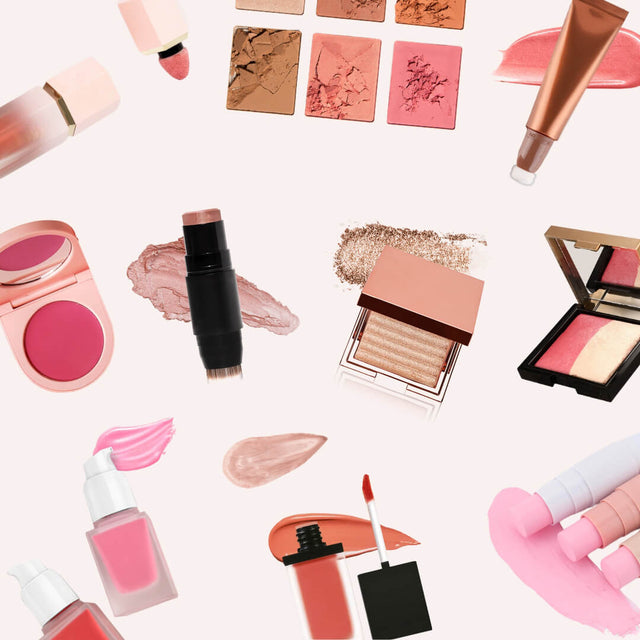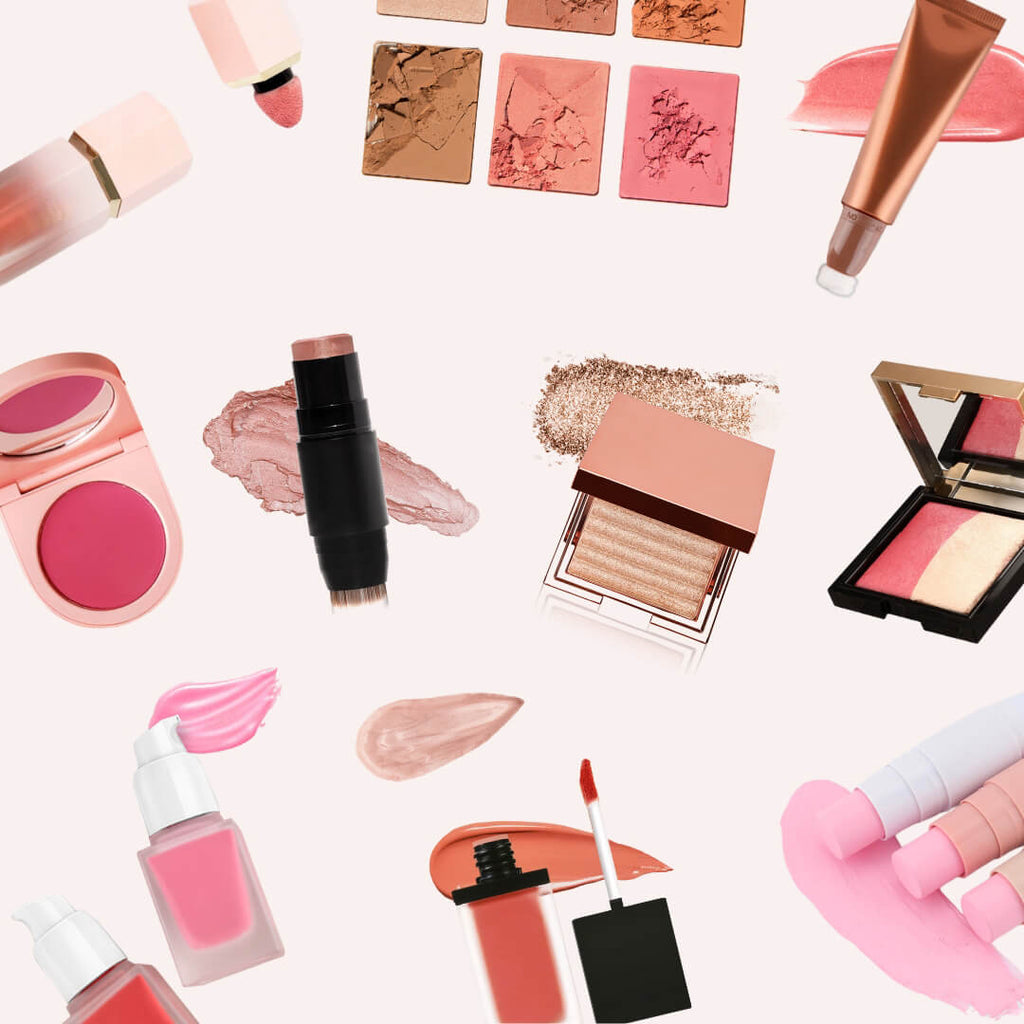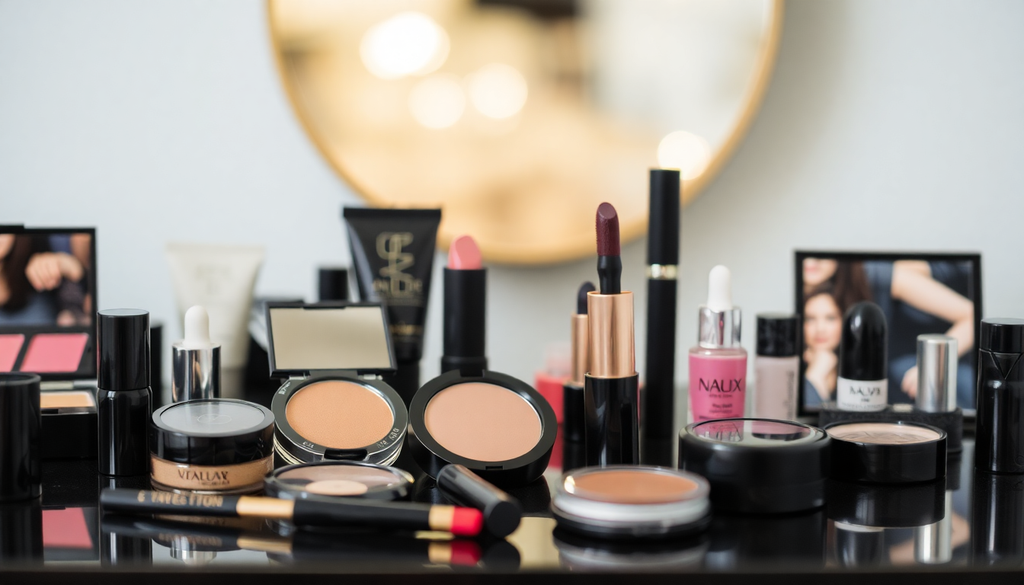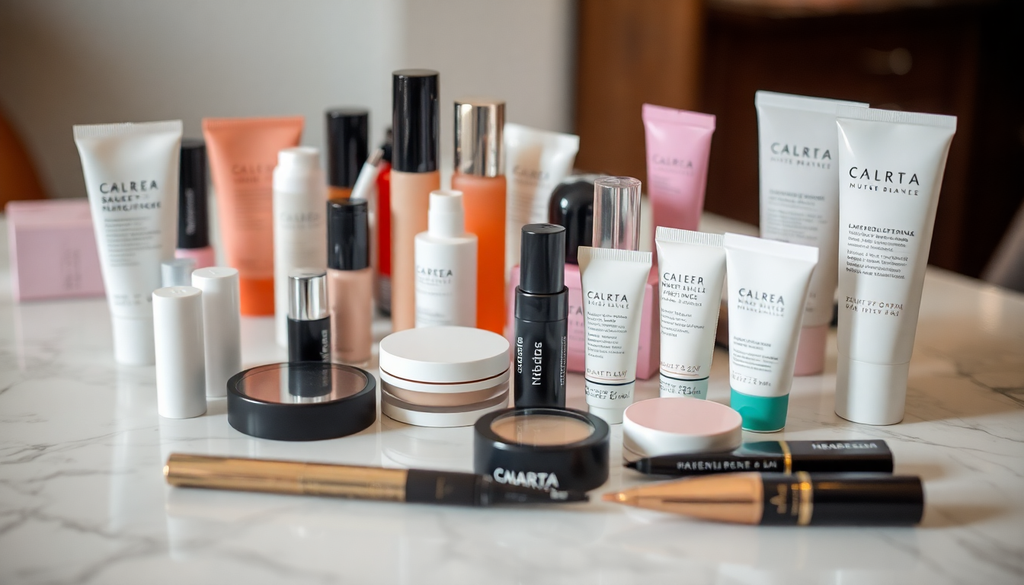
Navigating Global Markets: Essential Steps to Launch Your Private Label Makeup Brand Across Different Countries in 2025
Introduction
Launching a private label makeup brand can be a thrilling venture, especially in 2025, when the beauty industry continues to evolve rapidly. With the globalization of markets, entrepreneurs have the opportunity to reach diverse audiences. However, navigating the complexities of different countries' regulations, market trends, and consumer preferences is crucial for success. This guide will outline essential steps to help you successfully launch your makeup brand across various countries.
1. Understanding Global Cosmetics Regulations
Each country has specific regulations regarding cosmetic products. Understanding these regulations is vital for compliance and market entry. Here are some key markets to consider:
- United States: The FDA regulates cosmetics and requires ingredient labeling and safety information. Familiarize yourself with the FDA guidelines. Additionally, be aware of state-level regulations that may impact your product distribution.
- European Union: The EU has stringent regulations under the Cosmetic Regulation (EC) No 1223/2009. Ensure compliance with safety assessments and product labeling requirements. The EU also mandates that products be tested for safety, efficacy, and quality.
- Australia: The Therapeutic Goods Administration (TGA) regulates cosmetics in Australia. Check the TGA's guidelines for labeling and safety standards. Additionally, consider the Australian Competition and Consumer Commission (ACCC) regulations regarding advertising and marketing practices.
- Japan: The Japanese Ministry of Health, Labour and Welfare (MHLW) governs cosmetics. Importers must register products and obtain necessary certifications. It's also essential to understand the cultural nuances in beauty preferences, as Japanese consumers favor skincare-infused makeup.
- Brazil: ANVISA is the regulatory body in Brazil, and products must meet specific labeling and safety requirements. Brazil has a growing market for vegan and cruelty-free products, so consider aligning your brand with these values.
2. Conducting Market Research
Before launching your brand, conducting thorough market research is crucial. Understand the preferences and purchasing habits of consumers in your target countries. Consider the following:
- Consumer Preferences: Analyze local trends, popular ingredients, and preferred product types. For example, the rise in demand for clean beauty and sustainable products is prominent in markets like the U.S. and Europe.
- Competitor Analysis: Identify key competitors in your target markets. Analyze their product offerings, pricing strategies, and marketing approaches to find gaps in the market that your brand can fill.
- Demographic Insights: Understand the demographics of your target audience. Factors like age, income, and lifestyle can significantly influence purchasing decisions.
3. Sourcing Quality Products
Finding the right cosmetic manufacturer is crucial. Look for manufacturers who can provide:
- High-quality ingredients that comply with regulations in your target markets.
- Innovative formulations that resonate with current trends, such as vegan, cruelty-free, or sustainable cosmetics.
- Customization options for packaging and branding that align with your brand identity.
- Certifications that demonstrate compliance with international standards, such as ISO certifications.
Consider attending trade shows and beauty expos to connect with potential manufacturers and network with industry professionals. This direct interaction can lead to valuable partnerships.
4. Creating an Online Store
In today's digital age, having a strong online presence is essential. Here are steps to set up your makeup online store:
- Choose an E-commerce Platform: Consider platforms like Shopify, WooCommerce, or BigCommerce that offer easy integration and customization options. Ensure the platform supports international sales and currencies.
- Design Your Store: Focus on a user-friendly design that reflects your brand. Use high-quality images and clear descriptions of your products. Implement a responsive design to cater to mobile users.
- Payment and Shipping Solutions: Implement diverse payment options, including credit cards, PayPal, and local payment methods to cater to different markets. Choose reliable shipping solutions with tracking options to enhance customer experience.
- SEO Optimization: Optimize your website with relevant keywords related to your products to improve visibility in search engines. Use high-quality content, such as blog posts, to drive organic traffic.
5. Building a Strong Brand Identity
Your brand identity sets you apart from competitors. Consider the following elements:
- Brand Story: Share your brand's story, mission, and values. Consumers are increasingly looking for brands with authenticity and purpose.
- Logo and Packaging Design: Invest in professional logo design and unique packaging that reflects your brand's personality. Eye-catching packaging can significantly influence purchase decisions.
- Consistent Messaging: Maintain a consistent tone and messaging across all platforms, whether it's social media, your website, or marketing materials.
6. Marketing Your Makeup Brand
Effective marketing strategies will help your brand stand out in a competitive market. Consider the following:
- Social Media Marketing: Utilize platforms like Instagram and TikTok to showcase your products through creative content, tutorials, and influencer partnerships. Leverage user-generated content to build community and trust.
- Email Marketing: Build an email list to share promotions, product launches, and beauty tips. Personalize your emails to enhance engagement and drive sales.
- Collaborations and Partnerships: Partner with beauty bloggers, makeup artists, and influencers to reach wider audiences and gain credibility. Consider co-branded products or limited editions.
- Content Marketing: Create valuable content that educates consumers about your products and the beauty industry. Blog posts, videos, and tutorials can position your brand as an industry authority.
7. Leveraging Trends in the Makeup Industry
Keeping up with the latest trends in the makeup industry is essential to attract and retain customers. Consider incorporating:
- Clean Beauty: Emphasize the use of non-toxic ingredients and eco-friendly packaging. This trend is gaining traction globally, particularly among younger consumers.
- Personalization: Offer personalized makeup solutions, such as shade matching technology or customizable palettes, to enhance customer experience.
- Augmented Reality (AR): Implement AR features for virtual try-ons to allow customers to visualize products before purchasing. This technology is becoming increasingly popular in the beauty industry.
- Sustainable Practices: Adopt sustainable practices in sourcing, production, and packaging to appeal to eco-conscious consumers.
8. Navigating Import Policies
When expanding your brand internationally, understanding import policies is crucial. Each country has its own set of rules that govern the importation of cosmetic products. Here are some tips:
- Documentation: Ensure all necessary documentation, including invoices, certificates of origin, and health certificates, are in order to avoid delays at customs.
- Tariffs and Duties: Research import tariffs and duties that may apply to your products. Understanding these costs will help you price your products competitively.
- Working with Customs Brokers: Consider hiring a customs broker who can navigate the complexities of international shipping and ensure compliance with local regulations.
9. Establishing Distribution Channels
Once your products are ready for sale, establishing distribution channels is essential. Here are some options to consider:
- Direct-to-Consumer (DTC): Selling directly through your online store allows you to maintain control over branding and customer experience.
- Retail Partnerships: Collaborate with local retailers or beauty boutiques to expand your reach. Research potential partners that align with your brand values.
- Online Marketplaces: Consider listing your products on online marketplaces like Amazon or local platforms specific to your target countries for broader visibility.
10. Evaluating Success and Adapting Strategies
After launching your brand, continuously evaluate your performance. Utilize analytics tools to assess website traffic, sales data, and customer feedback. Here are key performance indicators (KPIs) to track:
- Sales Growth: Monitor revenue trends over time to identify successful products and areas for improvement.
- Customer Acquisition Cost (CAC): Calculate how much you spend to acquire a new customer and aim to reduce this cost over time.
- Customer Retention Rate: Measure how well you retain customers and implement strategies to improve loyalty, such as loyalty programs or exclusive offers.
- Website Traffic and Engagement: Track metrics such as page views, bounce rates, and time spent on site to gauge the effectiveness of your online presence.
Conclusion
Launching a private label makeup brand in 2025 requires careful planning and execution. By understanding global regulations, conducting thorough market research, sourcing quality products, creating an engaging online store, and implementing effective marketing strategies, you can successfully navigate international markets. Keep an eye on industry trends to ensure your brand remains relevant and appealing to consumers worldwide. With determination and creativity, your makeup brand can thrive in the global marketplace.




